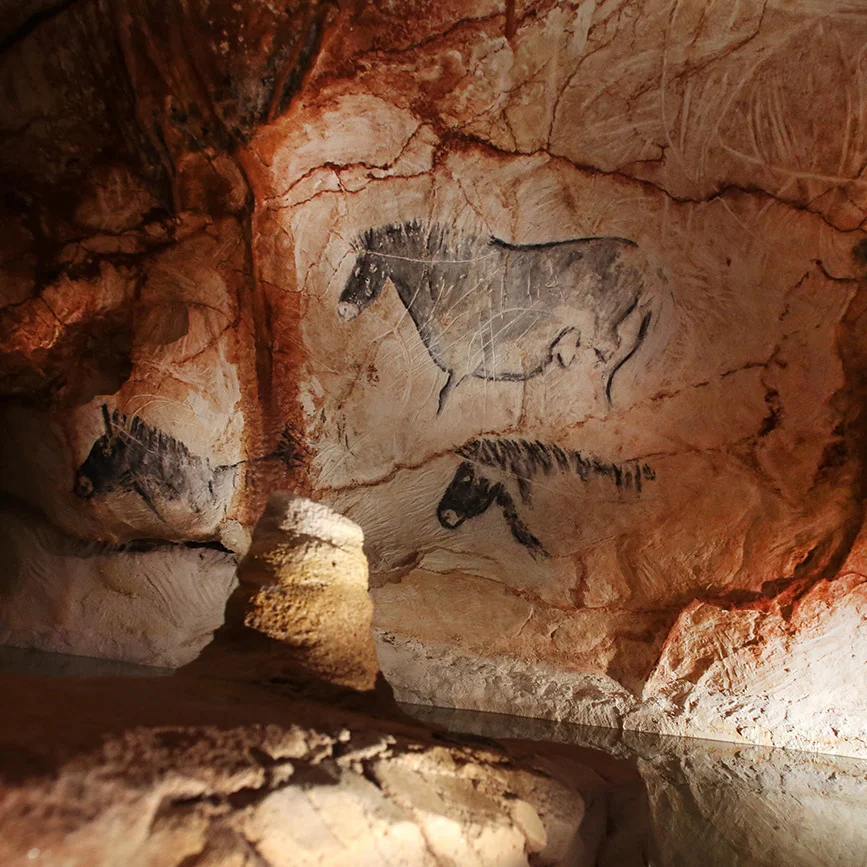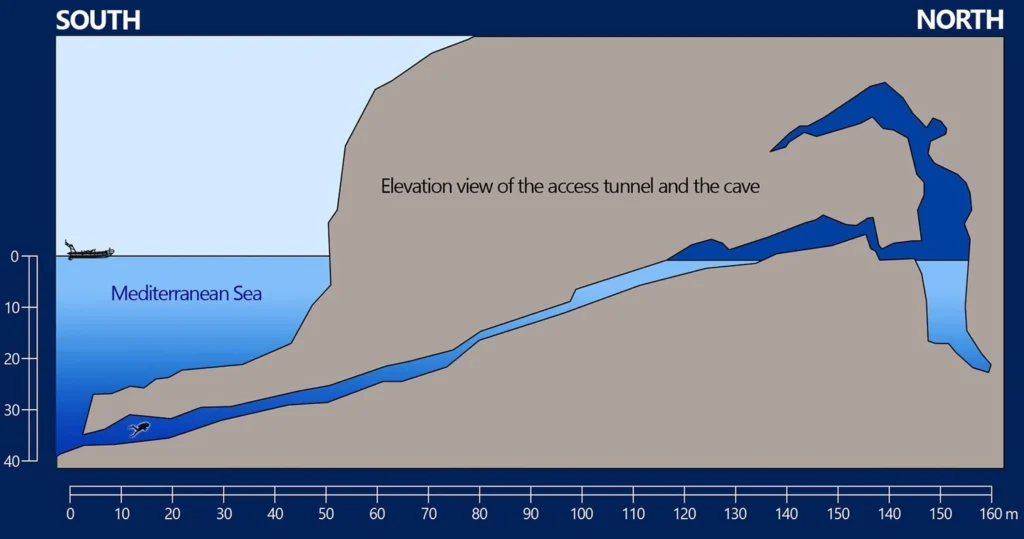Cosquer Cave Revealed: A Journey Into the Depths of Prehistoric Europe


| Incident Location | Diver Full Name |
|---|---|
| France, Marseille Region, Cosquer Cave | Unknown (3 Divers from Grenoble, names not specified) |
Beneath the Mediterranean Sea lies one of the most mysterious archaeological discoveries in history — Cosquer Cave. A prehistoric chamber carved into the stone, now fully submerged underwater, holding ancient drawings that predate recorded history.
But this place had a catch. To reach it, divers had to navigate a 175-meter tunnel, fully underwater, pitch black, and choked with silt. One wrong move and you would never make it out.
Henri Cosquer, the cave’s discoverer, kept its location secret for years. He quietly mapped the tunnel and slowly began to understand its significance. But even before his announcement, others had already tried — and failed — to reach it.
Tragedy in the Tunnel
The Fatal Dive of 1991
In 1991, three experienced divers from Grenoble attempted what Henri had done in silence. Their goal was straightforward:
- Enter the underwater tunnel
- Reach the prehistoric chamber
- Document the ancient drawings
- Return safely with proof
They never made it back.
It began like any typical dive — calm seas, good visibility, all standard diving gear in place. The divers, equipped with tanks, suits, and diving computers, entered the tunnel and disappeared from sight.
What Went Wrong?
Something went terribly wrong inside. Perhaps they stirred up too much silt, lost the guideline, or simply ran out of air. We may never know for sure. But this much is certain: all three divers got lost.
Inside the tunnel, there’s no room to turn around. There are no markers — just complete darkness. Once the silt clouds rise, even your own hands vanish from view. Disoriented, the divers panicked. Their air supply dropped.
One by one, they died — trapped inside solid rock.
Aftermath and Government Action
Recovery and Realization
Rescue divers recovered the bodies days later. It became heartbreakingly clear: this cave wasn’t just a discovery — it was a deadly trap.
The tunnel had claimed its first victims, and authorities responded swiftly. The underwater entrance to Cosquer Cave was sealed. Concrete was poured over the original access tunnel to prevent further tragedies.
Cosquer Cave Becomes a Protected Site
The French government declared the cave a protected site of international importance. No more exploration. No more dives. Even scientific teams were denied direct access. The risk was simply too great.
But the public’s curiosity remained.
Bringing the Cave to the Surface
To satisfy the global demand to witness the ancient marvels inside Cosquer Cave, a full-scale replica was built in Marseille. Known as Cosquer Méditerranée, the reconstruction includes:
- Digitally scanned and reproduced prehistoric wall drawings
- Rebuilt cave walls and chambers
- A walkable, safe experience of the ancient world
Now, anyone can walk through a recreation of what Henri discovered — without risking their lives or diving into a pitch-black underwater tunnel.
The real cave, however, remains sealed — silent, underwater, and still haunted by its past.

